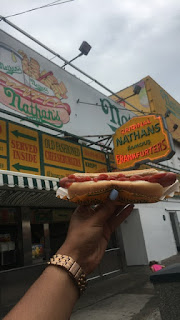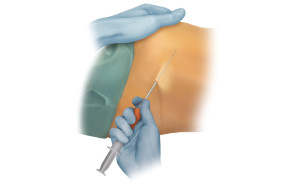Week 6: Un Cubano en Nueva York
Josue Santana It is hard to believe that we are almost at the end of the Summer Clinical Immersion Program. It feels like yesterday where I was running all over the hospital to get the security clearance to do my clinical project, access the hospital, and watch surgical procedures. Throughout this week, I worked primarily in my retrospective clinical research study. We finally completed the portion of the study where we searched for multiple demographic and skeletal-specific factor on the patient’s medical history. Our preliminary results look quite promising, and I am thrilled to run the statistical analysis of our data on the first days of the upcoming week. From our patient’s cohort, the biggest reason for a surgical revision after a total knee replacement was infection followed by instability, aseptic loosening, stiffness, and periprosthetic fracture. This preliminary finding is quite outstanding because it reinforces the importance of having rigorous protocols not only within t











